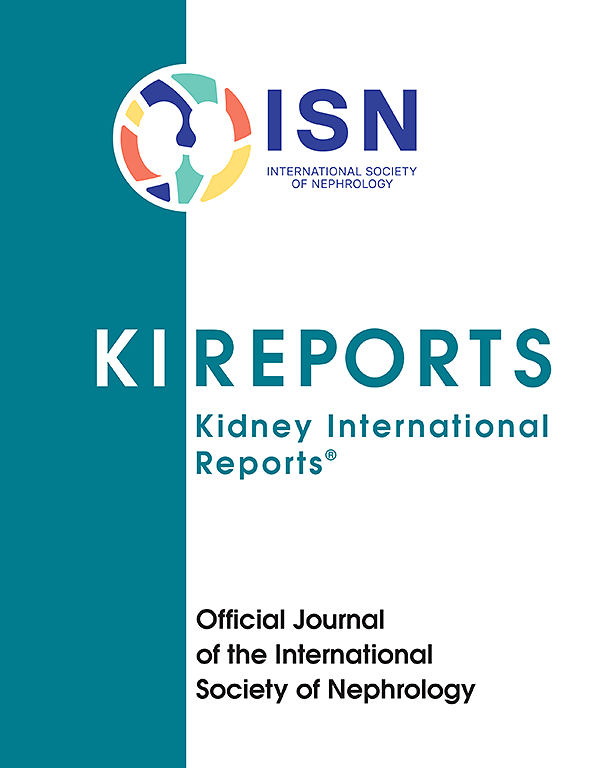Inside CKD: Cost-Effectiveness of Multinational Screening for CKD
IF 5.7
2区 医学
Q1 UROLOGY & NEPHROLOGY
引用次数: 0
Abstract
Introduction
Early detection of chronic kidney disease (CKD) could slow its progression; however, most patients in earlier stages remain undiagnosed. Our study objective was to assess the cost-effectiveness of multinational CKD screening strategies from the payer perspective across general and higher-risk populations.
Methods
Using the published Inside CKD microsimulation, we projected virtual closed populations to assess CKD screening strategies in 31 countries or regions over a lifetime horizon. We considered people aged ≥ 65 or ≥ 45 years in the general population and in high-risk subgroups (type 2 diabetes [T2D], hypertension, or cardiovascular disease [CVD]). Simulated populations could receive 2 serum creatinine (SCr) tests assessing estimated glomerular filtration rate (eGFR), “2 eGFR only”, or an additional urinary albumin-to-creatinine ratio test (UACR), “2 eGFR and 1 UACR”, versus current practice. Eligible patients received renin-angiotensin system inhibitors (RASi).
Results
Screening the general population aged ≥ 45 years for CKD was cost-effective versus current practice in all countries or regions using the “2 eGFR and 1 UACR” strategy, and cost-effective in all but 1 country using the 2 eGFR only strategy. The 2 eGFR and 1 UACR strategy showed consistently higher cost-effectiveness. Screening general populations aged ≥ 45 years increased projected CKD diagnosis rates per 100,000 persons eligible for screening from 459 by current practice to 7475 patients using 2 eGFR only, or 14,392 using 2 eGFR and 1 UACR. Similar trends in cost-effectiveness and diagnosis rates were observed in persons aged ≥ 65 years.
Conclusion
CKD screening may be cost-effective in general populations worldwide, including in populations aged ≥ 45 years. Our analysis corroborates global guideline recommendations for simultaneous eGFR and UACR testing if considered in the context of local factors.

求助全文
约1分钟内获得全文
求助全文
来源期刊

Kidney International Reports
Medicine-Nephrology
CiteScore
7.70
自引率
3.30%
发文量
1578
审稿时长
8 weeks
期刊介绍:
Kidney International Reports, an official journal of the International Society of Nephrology, is a peer-reviewed, open access journal devoted to the publication of leading research and developments related to kidney disease. With the primary aim of contributing to improved care of patients with kidney disease, the journal will publish original clinical and select translational articles and educational content related to the pathogenesis, evaluation and management of acute and chronic kidney disease, end stage renal disease (including transplantation), acid-base, fluid and electrolyte disturbances and hypertension. Of particular interest are submissions related to clinical trials, epidemiology, systematic reviews (including meta-analyses) and outcomes research. The journal will also provide a platform for wider dissemination of national and regional guidelines as well as consensus meeting reports.
 求助内容:
求助内容: 应助结果提醒方式:
应助结果提醒方式:


